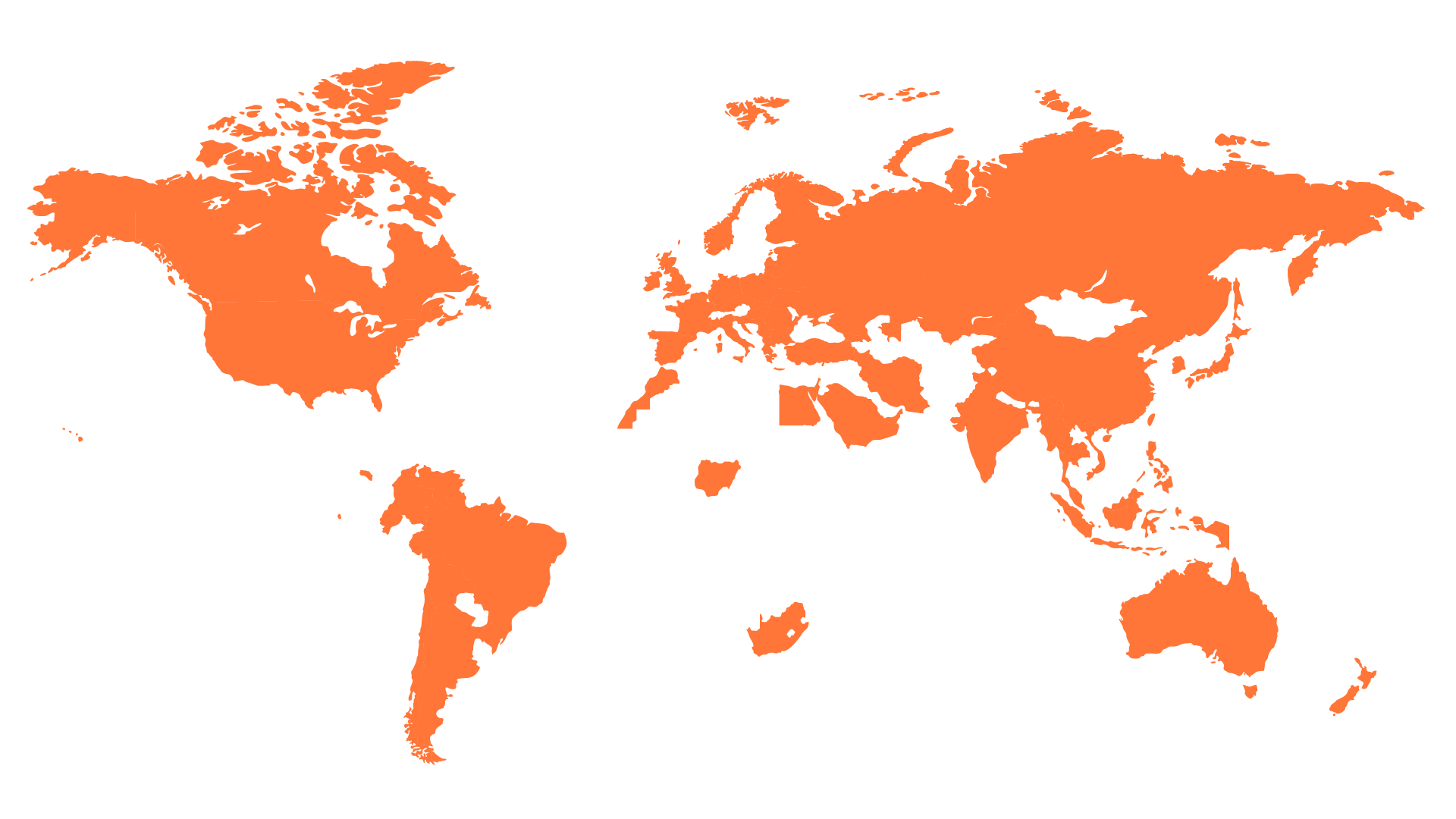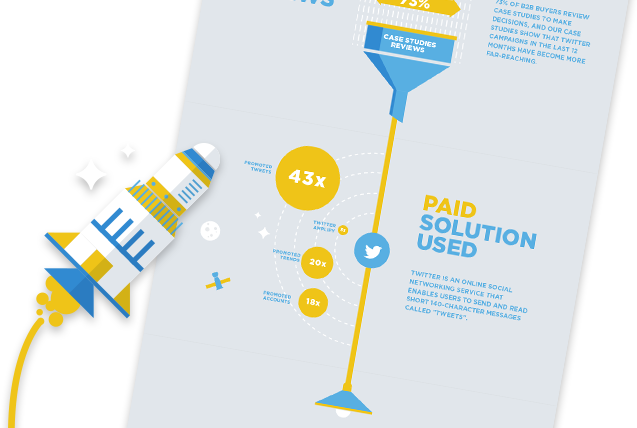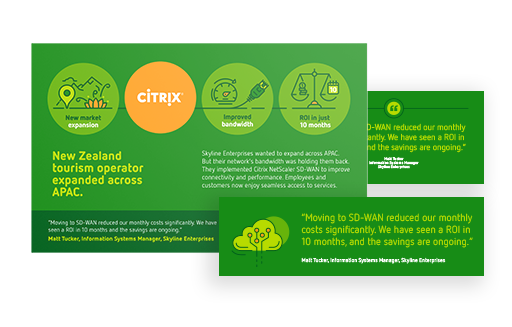
Yes! You got it! If you read this article, you got the board on board. Congratulations! As we reviewed in the previous article, the support of the executive directors is crucial to a successful customer-centric culture adoption because, throughout their decisions, they exemplify the path to follow for the rest of the company. Now that you have achieved this significant step, it is time to form a team of change leaders.
In the following paragraphs, we will explore three key topics: on the one hand, how to identify the best candidates; on the other hand, initiatives to empower them and create commitment; and last but not least, the alignment between the business strategy and each business unit goal.
Are you ready? Here we go!
Identifying the Change Leaders
Change leaders or changemakers are concepts that gain more popularity every year due to the dynamism of the enterprise environment. But what role does a change leader play?Changemakers are responsible for moving the organization from a current state to a future state with the most negligible impact and pain possible.
Cultural transformations are not the exception. When customer-centric culture adoption occurs, managing the transformation and supporting the collaborators is vital to make it a successful change, not a traumatic experience. An excellent starting point for forming a Team of Changemakers is middle management because one of the main goals is to directly influence the way things are done in the entire organization.
Middle management combines two crucial advantages to play this role: they have deep business know-how and are close enough to the internal clients. However, only some middle managers are suitable to push and coordinate a customer-centric change. There are some imperative skills that every changemaker should have:
- Eternal learners: they are curious, always open to new experiences, and have a tremendous self-management level.
- Communicators: they need to explain the reasons behind adopting a customer-centric culture and deal with clarity.
- Great analysis and observation capabilities: identifying obstacles and proposing disruptive solutions to overcome them depend on the changemakers.
- Influencers: beyond the control over their teams, they should have the skill to own the narrative in a way that sparks more engagement and motivation from others.
- Resilient: this ability means enduring adversity and bouncing back from complex events. It is vital in a cultural transformation where many collaborators show resistance to face it with a positive attitude.
Initiatives to Empower Your Team of Change Leaders
Apart from having these skills, the Changemakers should be as empowered as possible to spread the Customer-Centric culture across the whole organization. There are different programs where they can learn enough knowledge to embrace this cultural adoption and to play their role successfully:
- Customer-Centric Training:
The culture change area sponsor can design, using their own knowledge training to explain what this culture is about, why the change is needed, how they are involved, and the following steps. - External Advisory Programs:
If you prefer a professional and expert team, there is always a chance to contract a consultant to lead the training. Many consultancy agencies offer programs that can be adapted to your industry and demands. - Mentoring and Coaching:
Regardless of the kind of training you choose, assigning a mentor to each changemaker is a good way to make them feel accompanied. The changemakers could face challenging situations when adopting a customer-centric culture and need tools to deal with them. Connecting experienced leaders with your change leaders creates a confident climate to unblock those difficulties. - Committees and inter-departmental work boards
The regular interaction between change leaders adds visibility to the cultural adoption progress in real-time. Sharing experiences improves transparency and, as a consequence, is a risk mitigation tool because the leaders can better react to emerging problems.
The Challenge of Aligning the Business Strategy With Each Business Unit Goal
The ultimate aim of forming a change leadership team is putting the customer needs first in every business unit. Connecting the business strategy to the areas' goals requires incorporating customer satisfaction indicators among strategic KPIs. Here, we suggest some indicators that are crucial and worth implementing from the very beginning because they can be easily adapted to every area of a company:
- NPS: Net Promoter Score allows you to gauge the level of recommendation for your products and services. To obtain this metric, you should inquire, "On a scale of 0 to 10, how likely are you to recommend our business to a friend or colleague?" and subtract the percentage of surveyed individuals who voted between 0 and 6 from the percentage of those who voted between 9 and 10.
- CSAT: Customer Satisfaction Score is a key performance indicator commonly used to assess customer satisfaction with an organization's products and services. To calculate this metric, divide the number of satisfied customers* by the number of survey responses and multiply by 100.
*those who responded with 9 and 10 or 4 and 5 according to the scale
- CES: Customer Effort Score allows you to measure the effort a customer needs to make for a purchase or contact customer service. The more complicated the process, the less likely the customer will want to repeat the experience. It is measured through the question: "How easy is it to [perform X interaction]?"
- Quantity of Customer-centric projects: Quantify the number of projects focused on the customer, comparing their impact on satisfaction and associated costs.
> Example: Implementation of a chatbot
-
-
- How many queries did the new channel handle?
- What is the cost of resolving a complaint through the chatbot instead of the call center?
- What's the average resolution time?
-
- Number of complaints related to the department: Classify customer comments and complaints received according to the department to identify improvement opportunities and prioritize them.
Now is your turn to try these initiatives in your own company and achieve a successful transformation!







